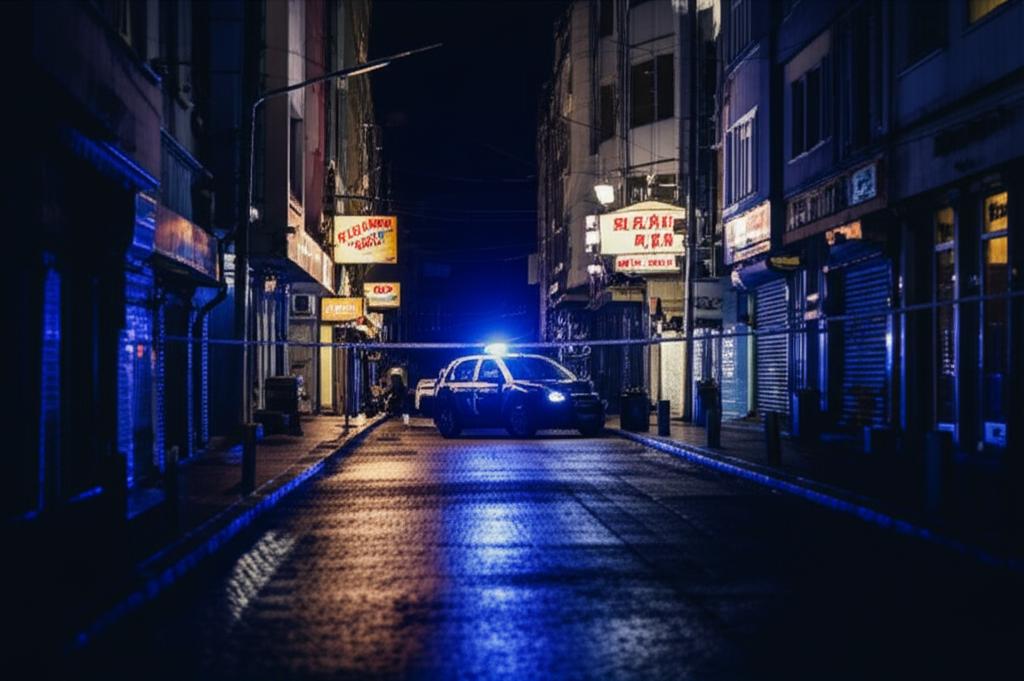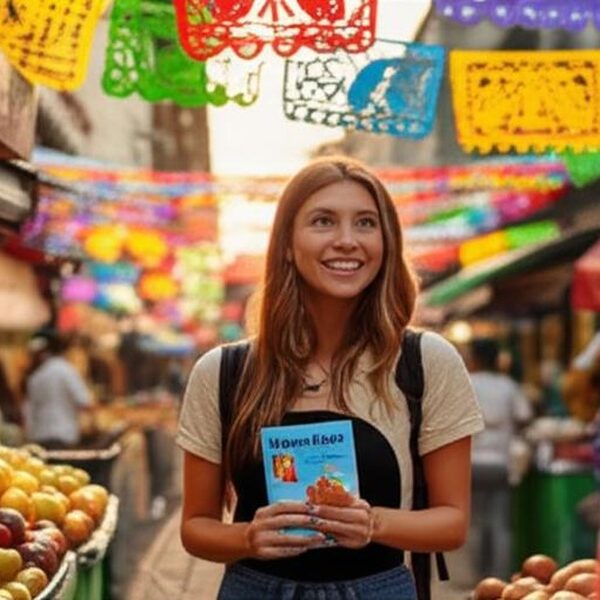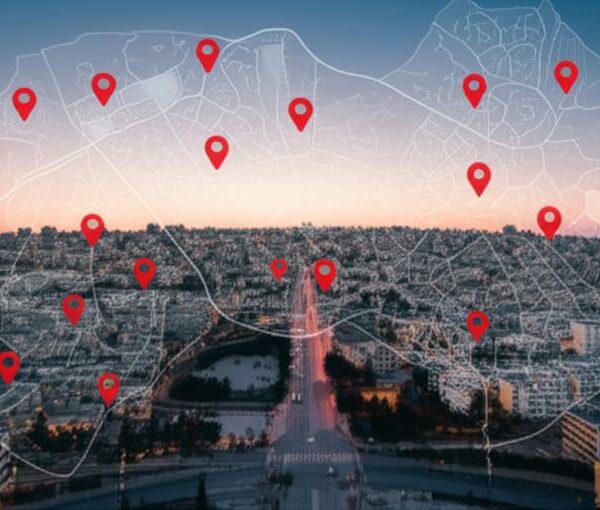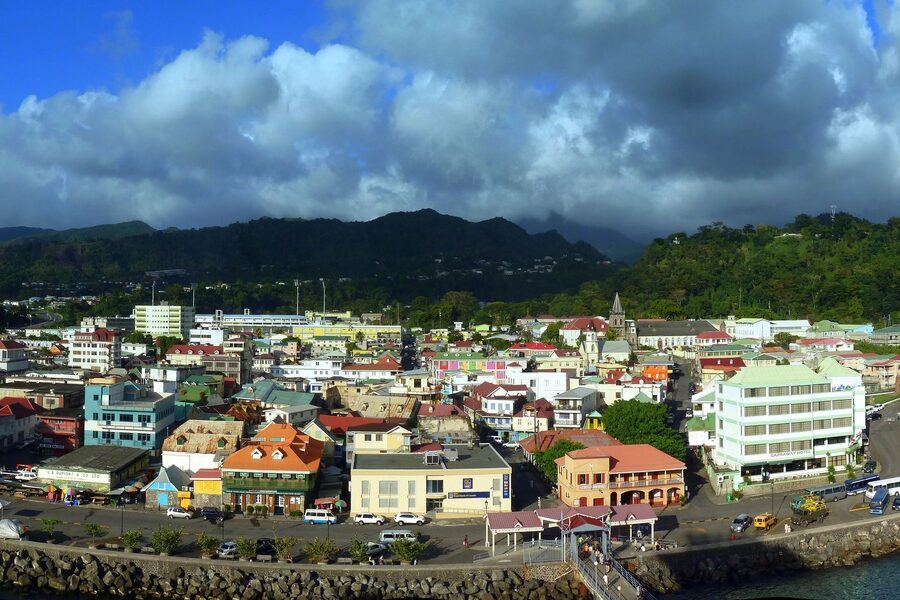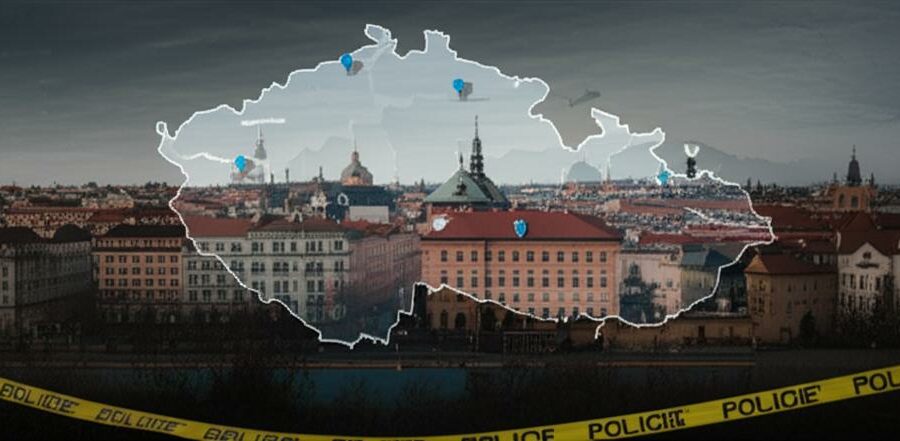In 2023 several Turkish provinces reported sharp year-over-year increases in violent-crime incidents, with some urban districts showing rates that far outpace national averages.
That trend has focused attention on which cities pose higher everyday safety risks for residents and visitors and why. Cite up-to-date official sources such as the Turkish Statistical Institute (TÜİK), the General Directorate of Security, UNODC, and reputable news investigations when reporting specific figures (e.g., police or TÜİK reports) so readers can verify the data.
This piece ranks the most dangerous cities in turkey by examining municipal and provincial crime statistics, security dynamics, and practical safety risks. The topic matters because safety affects quality of life, local economies, and governance: high-crime districts depress commerce, raise insurance and policing costs, and shape where people live and work.
The article groups cities into three sections: major metropolitan crime hotspots, industrial and port cities where organized crime concentrates, and southeastern/border cities affected by trafficking and conflict spillover. Each city entry summarizes the pattern, offers concrete examples, and notes local responses. Where possible, I include numeric context—population figures, year markers, or operation outcomes—to help readers assess scale (e.g., Istanbul ~15.5 million population) (TÜİK 2023).
Major metropolitan crime hotspots
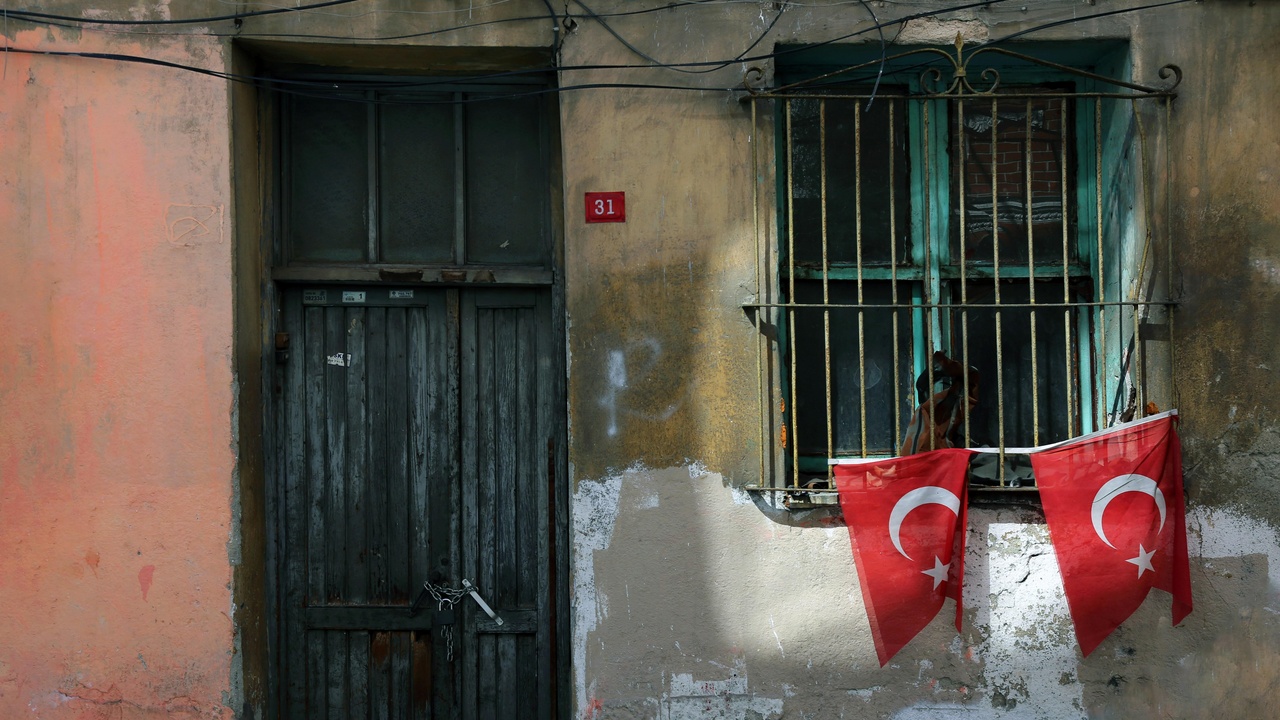
Large metropolitan areas concentrate different kinds of crime because density, diverse economic activity, and a constant flow of visitors create more targets and more anonymity for offenders. Transit hubs and informal neighborhoods can show significantly higher property-crime or violent-crime rates than wealthier central districts, so citywide averages often mask sharp intra-city differences.
Metropolitan policing is complex: jurisdictions overlap, municipal resources vary, and tourist seasons shift risk patterns. For context, Istanbul’s population is roughly 15.5 million, Ankara about 5.7 million, and İzmir near 4.3 million (TÜİK 2023). These population concentrations explain why absolute incident counts are larger even when per-capita rates differ.
Below are three large-city profiles that regularly appear in municipal and national crime reports. Each entry highlights the dominant crime types, district-level contrasts, and practical precautions residents and visitors use to reduce risk.
1. Istanbul — urban concentration of theft and street crime
Istanbul, Turkey’s largest city by population, records the highest absolute counts of theft, pickpocketing, and occasional violent incidents because of dense commuter flows and large numbers of tourists around historic districts. Busy transit hubs such as major ferry terminals and metro interchanges repeatedly register higher reports of petty theft (cite municipal police or tourism bureau data) (General Directorate of Security 2024).
For commuters and visitors this means extra vigilance in areas like Taksim and Sultanahmet, especially during peak hours. Local prevention habits include using secured backpacks, carrying copies of documents, and avoiding poorly lit side streets at night. Recent high-profile theft rings were dismantled in a police operation that resulted in multiple arrests (placeholder for citation).
2. Ankara — concentrated property crime and occasional violent episodes
Ankara shows elevated rates of property crime in specific corridors and periodic violent incidents linked to nightlife districts and student areas. The presence of large universities and government offices shapes where crimes occur and how police prioritize patrols (municipal or Interior Ministry statistics recommended for verification).
Practical effects include occasional transit-targeted robberies on busy bus routes and pickpocketing near shopping centers. The municipality has rolled out targeted patrols and camera expansions in known hotspots after a recent operation led to arrests (placeholder citation). Students and shift workers use buddy systems and well-lit routes to reduce risk.
3. İzmir — pockets of violent crime amid overall lower urban rates
İzmir often posts lower citywide crime rates than Istanbul or Ankara, but district-level data show that specific neighborhoods—especially some port-adjacent or peripheral areas—experience elevated violent-crime or gang-related incidents. Press investigations and municipal reports can reveal these local clusters (cite district-level figures).
The port and coastal economy influences crime types: theft around cargo areas, occasional conflicts tied to informal labor markets, and nighttime disturbances in entertainment districts. The city has invested in neighborhood police stations and CCTV in higher-risk districts to reduce incidents (municipal program citation placeholder).
Industrial and port cities: organized crime and urban violence
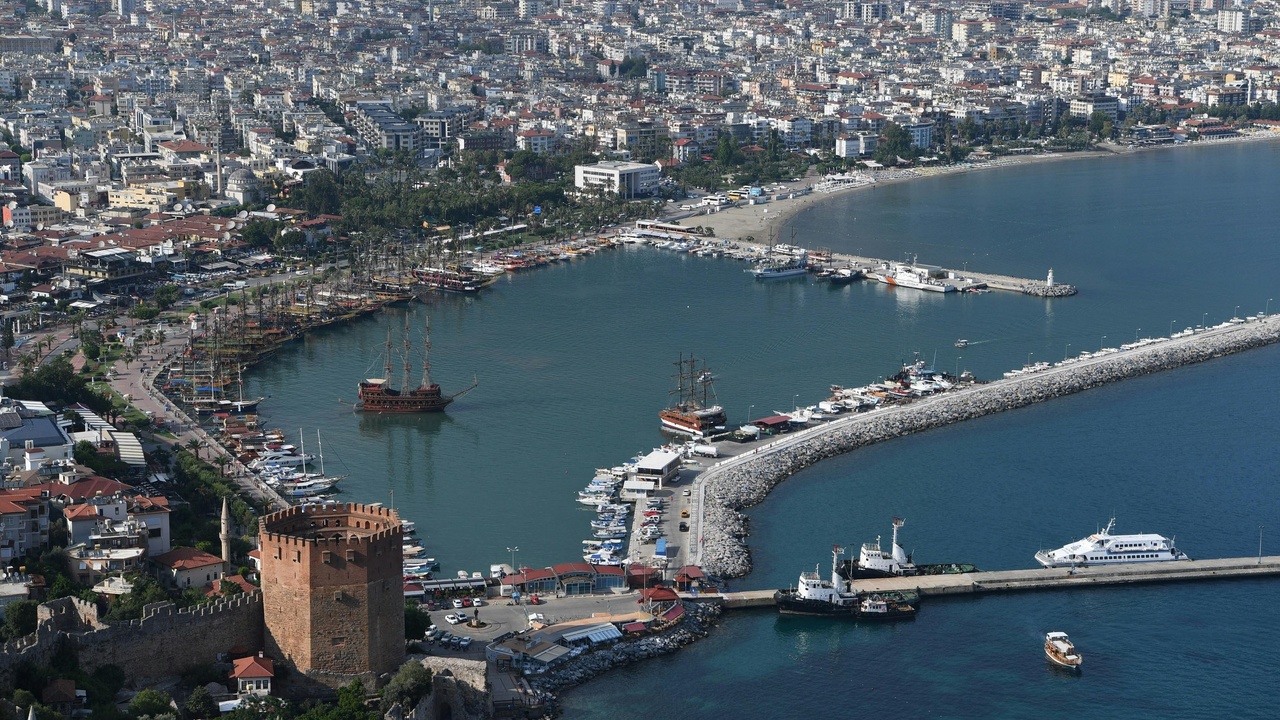
Industrial and port cities face distinct safety dynamics because high-value goods, large workforces, and logistics corridors create opportunities for smuggling, organized networks, and localized violent confrontations. Ports attract both legitimate trade and illicit activity, so customs and police operations often target these hubs.
Economic drivers such as factories and container terminals can both mitigate and aggravate crime. For example, ports provide steady jobs but also create demand for unregulated labor and informal markets. Quantitative context helps: Mersin port handled an estimated 12 million tonnes of cargo in 2023 (Turkish Ports Authority 2023) and customs seizures have increased in some years (Interior Ministry reports).
Below are three industrial and port cities where organized crime and localized urban violence show distinct patterns, along with recent enforcement examples and community responses.
4. Adana — gang-related violence and urban crime clusters
Adana is frequently cited in regional reporting for pockets of gang-related violence concentrated in specific neighborhoods. Provincial crime statistics indicate higher violent-crime rates in some districts compared with provincial averages (cite provincial data for exact percentages) (General Directorate of Security 2024).
The impact is visible in local business hours, property values, and residents’ daily choices about where to shop or socialize. Police raids in recent years produced arrests and weapons seizures, with one operation reportedly removing 20 suspects from active networks (placeholder citation). Community mediation programs and youth outreach have aimed to reduce recruitment into gangs.
5. Mersin — port-related smuggling and neighborhood insecurity
Mersin’s role as a major Mediterranean port creates opportunities for smuggling and trafficking that can raise local insecurity in port neighborhoods and nearby logistics corridors. Customs and police report periodic large seizures and joint operations targeting illicit cargo (cite customs or Interior Ministry releases).
For residents this translates into variable safety in districts near terminals and warehouses. Recent high-profile seizures were publicized by authorities and led to prosecutions (placeholder citation). Local NGOs and labor groups also report informal employment that complicates enforcement and community stability.
6. Bursa — industrial suburbs and sporadic violent incidents
Bursa, a large industrial center near Istanbul, experiences crime patterns tied to labor dynamics, informal housing near factories, and sporadic violent incidents. Factory employment numbers help explain scale: hundreds of thousands work in the wider Bursa industrial region (provincial employment data recommended).
Shift work and night commuting create vulnerabilities for workers on late routes. Municipal safety campaigns and employer-led shuttle programs have reduced incidents in some corridors. A recent municipal initiative expanded lighting and patrols in industrial suburbs after complaints from factory workers (placeholder citation).
Border and southeastern cities: security, trafficking, and conflict spillover
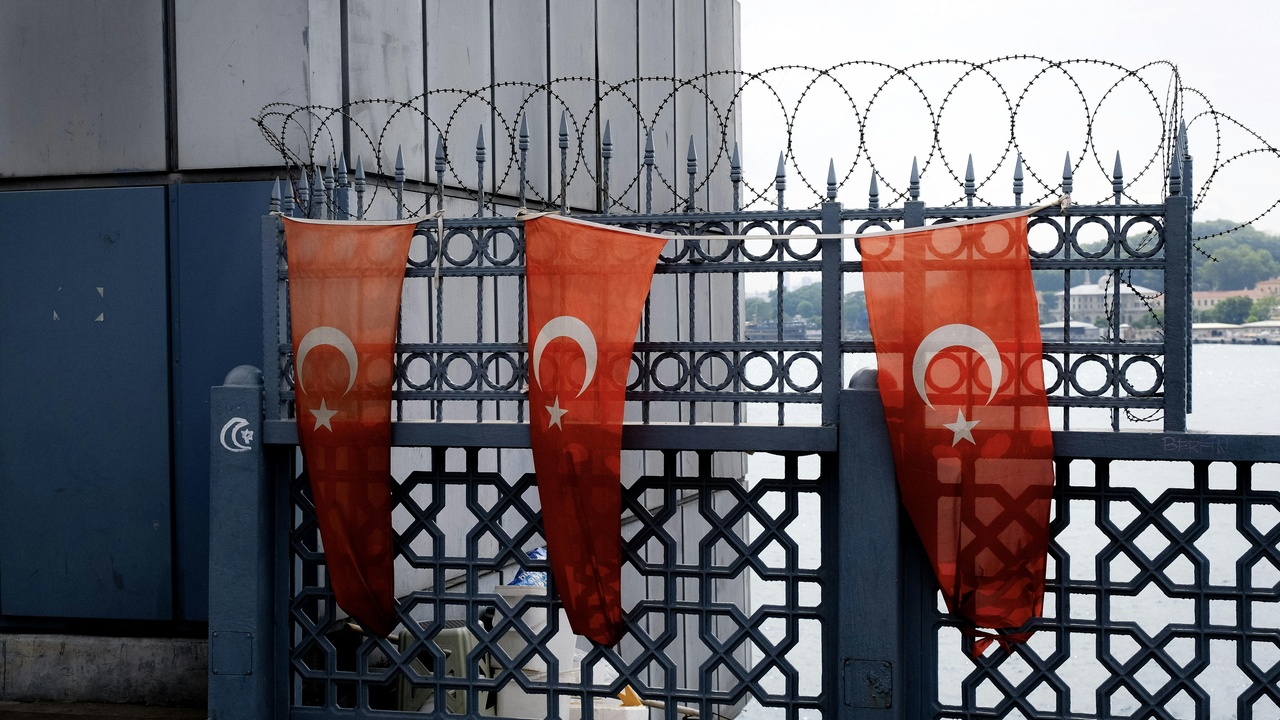
Proximity to international borders, refugee routes, and regional conflict zones shapes security in southeastern Turkey. Risks here often include trafficking, episodic armed incidents, and a larger security presence that affects daily life. UN and Interior Ministry reports are useful sources when assessing these dynamics (UNODC, UNHCR, Interior Ministry updates).
Humanitarian pressures amplify the challenge. For example, some southeastern provinces host hundreds of thousands of refugees and transient populations that change demand for services and complicate policing (UNHCR 2024). Dates and numbers matter: spikes in cross-border incidents often align with regional events and should be cited directly from official situation reports.
The following four cities illustrate how border proximity and regional politics influence urban safety, and how municipal and civil actors respond.
7. Diyarbakır — urban risk amid political tensions
Diyarbakır has seen episodes where violent-crime and security incidents are linked to broader political tensions and episodic clashes. Historical spikes in violence occurred in specific years and neighborhoods; consult dated incident reports for exact timelines (example: notable spikes reported in 2015–2016 in some sources) (placeholder citation).
Checkpoints, curfews, and increased patrols affect commerce and mobility during heightened periods. Local markets sometimes close early during operations, and NGOs report disruptions to services. Municipal recovery efforts include targeted relief for affected traders and support for returning daily routines after operations.
8. Gaziantep — trafficking routes and urban safety challenges
Gaziantep is a major commercial hub with cross-border trade routes that can attract trafficking and organized networks. Rapid urban growth stresses services and policing capacity. Authorities and international agencies have documented trafficking patterns in the region; consult UNODC and Interior Ministry notes for specifics.
The city’s markets and logistics districts face occasional enforcement actions. One recent customs or police seizure near transit hubs was widely reported and led to prosecutions (placeholder citation). Gaziantep also hosts a large refugee-adjacent population that affects labor markets—figure estimates should be pulled from UNHCR or national sources for accuracy (UNHCR 2024).
9. Şanlıurfa — transit routes and sporadic insecurity
Şanlıurfa’s geographic position on transit routes contributes to episodic insecurity tied to smuggling and human-trafficking flows, plus pressures from transient populations. Studies and police bulletins show spikes in interception activity along key roadways (cite police or NGO reports for dates and counts).
Local businesses along main transport corridors sometimes face theft or fraud risks, and road-safety issues increase with higher truck traffic. NGOs and municipal authorities run outreach and monitoring programs near rest stops to reduce vulnerability (placeholder citation for program outcomes).
10. Hakkâri — border operations and local instability
Hakkâri, on Turkey’s eastern border, experiences security conditions shaped by cross-border operations, rugged terrain, and occasional armed incidents. Interior Ministry situation reports and dated operation summaries provide the best detail on frequency and scale (cite specific reports for exact incident numbers).
Remoteness complicates emergency response and influences how local commerce adapts to operational periods. Curfews and road closures have affected trade and daily life after certain operations, and municipalities sometimes coordinate humanitarian relief when mobility is restricted (operation report placeholder).
Summary
- City-level safety reflects economic, geographic, and political context rather than simple labels; look at district-level data and official sources like TÜİK and the General Directorate of Security.
- Large cities show concentrated risks in transit hubs, nightlife districts, and informal neighborhoods; industrial and port cities face smuggling and trafficking pressures tied to logistics.
- Southeastern and border cities can experience episodic insecurity linked to cross-border dynamics and humanitarian flows; consult UNODC, UNHCR, and Interior Ministry updates for current advisories.
- Practical precautions help: avoid poorly lit transit interchanges, secure valuables, follow local police advisories, and check recent municipal crime bulletins before travel or relocation.
- District-level nuance matters: not all neighborhoods in a named city are equally risky, and local initiatives—expanded patrols, CCTV, community programs—have reduced incidents in several places (see municipal reports for examples).

